Wood ashes are a product of burning firewood, whether that be from a fireplace, wood-burning stove, campfire, or anywhere else real wood is burned. These ashes may not look like much, but they actually have a wide variety of uses if properly implemented. So, before you clean out and dump your excess ashes, make sure none of these uses can be applied to your daily life! And, if you're thinking about adding a fire pit to your garden, then you should check out our 30 Brilliantly Easy DIY Firepits to Enhance Your Outdoors. Or you can head to SunnyDaze.com for a wide range of outdoor firepits.
Five Uses for Wood Ash
One of the most popular uses for wood ash is in the garden, as it holds certain nutritional values that plants require and upon which they even thrive.
To be useful in the garden, however, there are some specific guidelines listed below that are important to follow. In addition to the garden, there are a number of other uses that people have found for wood ash that may just make your life a little easier.
1. Garden Soil Fertilizer
Wood ashes may have a beneficial place in your garden beds due to certain nutrients that are found in them. (When you've run out of wood ash, then here are 15 Organic DIY Garden Fertilizer Ideas.) These nutrients include calcium, which comprises approximately 20% of the contents of most wood ash; potassium, which can be around 5% of the contents of wood ash; and magnesium, phosphorus, and sulfur, which comprises around 2% of the contents collectively.
There may also be minimal amounts of iron, manganese, aluminum, zinc, boron, and more, all of which are required by plants in small doses. These nutrients can help your plants get the nutrients they need to grow and may give them a boost, making wood ashes an effective fertilizer for many plants.
.
Not only does wood ash benefit some plants by acting as a fertilizer, but it can also be used to alter the pH of your soil is too acidic. Wood ash contains high amounts of carbonates; carbonates help to neutralize acid and can effectively increase your soil’s pH level—the higher the pH the more alkaline your soil is. However, this is not always beneficial, and it will depend on your soil’s initial pH before adding wood ash and on what plants you are growing. Here are 15 other ways that you can use wood ash in the garden.
2. Melting Ice
Another use for your wood ash is to spread it on any outdoor surface where you want to melt ice. Although not as effective as traditional ice-melting compounds such as sodium chloride—more commonly known as salt—some of the compounds found in most wood ash have ice-melting properties as well; one of these compounds is potassium chloride.</h2
Unfortunately, wood ash is only about half as effective as sodium chloride mixtures, but it is free and may be more readily available in some cases.
If you are using your wood ash to melt ice in a common walkway, take into consideration that you may track dark ash around with you. The ash may stick to the bottoms of shoes and can then transfer to the inside carpet or rugs, leaving behind a big mess. Animals may also track the ashes around with them as well—just be sure to use them with caution.
3. Cleaning Agent
Wood ashes are an undeniably dirty substance—they are messy to work with and leave traces of ash everywhere—however, they have a couple of applications as effective cleaning agents.
One application for wood ashes is to use them to clean hard surfaces such as glass and metal. Particularly with ash from hardwoods, wood ash can easily work through grease and tarnish on surfaces such as stove tops, metalwork tables, and silverware. Simply using a cloth dipped in water and then in wood ash can make quick work of some dirty surfaces—although you will want to wipe it off with a clean wet cloth afterward.
Another use for wood ash in the cleaning world is to make it into lye to be used in soap; again, hardwoods are best for this purpose. Lye is made by boiling the ashes with soft water; the actual lye can then be skimmed from the top. While this is an older practice, some soap makers still use this process. If you want to keep your cleaning eco-friendly, but don't fancy this particular use for wood ash, then why not check out these cleaning options from ecogienic.
4. Repel Slugs
Another garden application for wood ashes is to use them to repel slugs, which can cause harm to some plants. Wood ash is effective against slugs because the substance will irritate the slug’s body on contact, preventing them from crossing too far over the line. To use wood ashes to repel slugs, you should circle any vulnerable plants and avoid any gaps that the slugs may be able to get around.
One downside to using wood ash as a slug repellent is that the ashes can easily be washed away by rain or even high winds and would need to be reapplied often to be effective. However, again, it’s free and readily available to many. For other ways to keep your plants safe from slugs, you can look through our article on How to Build a Humane Slug and Snail Repelling Fence.
5. Add To Compost
The alkalinity of wood ash can also provide a benefit to your compost. Compost piles have a tendency to be highly acidic, which may need to be altered to be effective. By adding thin layers of wood ash, you can effectively increase the pH of your compost.
However, wood ash will only be effective if it is kept dry, as water can cause the alkaline nutrients to leach out of the ashes.
It is important to test the pH of your compost to determine if a pH balancer such as wood ash is required. In many cases, no pH change will be necessary, but on the occasion that it does, having wood ashes handy is an easy and cost-effective solution. See our guide to building your own compost bin here.
Storing Wood Ashes
Although wood ashes are the aftermath of burning wood and generally aren’t moved until well after the initial fire has spent, you should still use caution when moving and storing wood ash to ensure no new fires are started. Wood ashes have a tendency to look safe and cooled, but small embers may lurk within the ashes and can be reignited under certain circumstances such as increased airflow or exposure to a flammable substance.
The safest way to store wood ashes is in a metal bin or container with a metal lid. The metal will not instigate or support fire as long as the lid is secure, meaning no air can enter or exit the container. It is also best practice to store these bins on concrete, stone, or brick surfaces, and not on desks or any other wood surfaces in case an ember was to escape the bin. Wood ashes should always be stored outside and only used on windless days or after they have been stored for a sufficient amount of time to ensure no embers could be present.
When Not to Use Wood Ash?
While adding wood ash to the soil may provide benefits to your garden in some cases, it is not always advisable. There are a few situations where using wood ash won’t provide benefits to your garden and may actually harm your plants.
Alkaline or Neutral Soil
If your soil is already alkaline—meaning it has a pH value above 7.0—you will not want to add any wood ash or other substance that causes the pH of the soil to rise. A majority of plants do not do well in alkaline soil because it hinders the plant’s ability to bring in nutrients, leading to stunted growth, yellowing leaves, and even death. It is always a good idea to test the pH of your garden soil before adding anything that may alter the pH level.
Plants That Thrive in Acidic Soil
While many plants do best in a pH range of 6.0 to 7.0, there are some plants that thrive in soil that is more acidic. Some plants that will do best if the soil pH levels are below 5.5 include blueberries, azaleas, hydrangeas, daffodils, rhododendrons, and more. If you are growing any of these plants—or any others that do best in acidic environments—you will probably never need to apply wood ash to the soil unless you have severely acidic soil.
Treated Wood
Burning treated wood is never advised because the chemicals used to treat the wood can become harmful if inhaled—something that can inadvertently be done as the treated wood burns.
While ill-advised, there may be a circumstance where you accidentally burn treated wood. If this occurs, be sure to dispose of any wood ash and don’t use it on or near your garden. The chemicals left behind are harmful to you, your plants, and the environment and can cause more problems than the use of wood ash would solve.
Young Plants
As with nearly any fertilizing compound, it is best to avoid using wood ash on newly germinated seeds or young plants, as the nutrients may be overwhelming and cause them harm. In particular, the salts found in wood ash can be harmful to a young plant’s growth and may hinder continued growth or cause it to die.
To avoid overwhelming plants with nutrients, understand the nutrient requirement for each plant and avoid using fertilizers until the plant is mature enough to absorb an influx of nutrients.
Use Caution When Using Wood Ash?
Most wood ash—assuming it comes from untreated wood and is burned safely—is fairly harmless if used properly; however, there are some handling guidelines that are important to follow to ensure this.
Move and Apply on Windless Days
Wood ash consists of very small particles that can spread easily and linger in the air for a decent amount of time before falling to the ground. Any amount of wind can catch some of these particles and send them flying through the air.
Not only does this cause a mess, but it can become a hazard to people nearby who may inhale the particles. If the ash is relatively fresh, there is also the potential hazard of embers catching wind and starting fires where they land nearby—this is particularly true for dry locations.
If you are spreading wood ash on your garden, icy walkways, or anywhere else it is needed, choosing a windless day is ideal to ensure the wood ash actually stays where you want it to go. There is little to no benefit of applying wood ash if the wind is just going to remove a majority of it right away.
Consider Wearing a Mask
As mentioned previously, wood ash consists of small particles that can easily be inhaled into the lungs if they become airborne. While a small amount of these particles is not likely to cause lasting health concerns for a healthy individual, long-term exposure can lead to complications such as asthma, bronchitis, and lung damage. If you already have a lung-related condition, a small amount of wood ash inhaled into the lungs may aggravate your existing condition.
To avoid inhaling wood ash when moving or using it, it may be a good idea to wear a mask, especially if you already have a lung condition or work with wood ash often. If you do not wear a mask, it is especially important to work on a windless day or take other precautionary measures.
Consider Wearing Gloves
Wood ash has a pH level generally ranging between 9 and 13 which indicates that it is alkaline—which we already knew. This level of alkalinity is enough to cause irritation when it comes in direct contact with the skin in some individuals. However, as long as the wood ash is not hot when it comes in contact with your skin, there should be no lasting effects as a result.
If you want to avoid skin irritation when working with wood ash, it is recommended that you wear gloves. If wood ash does still come in contact with your skin, you may be able to avoid any irritation if you wash the skin well with soap and water immediately afterward.
Wood Ash: A Miracle Garden Amendment
The remains of a fire in your fireplace or outdoor grill can be used for so many things, such as fertilizer and cosmetic purposes. If you're not using all the ash from your fires, these tips should give you some ideas on how to use it up.







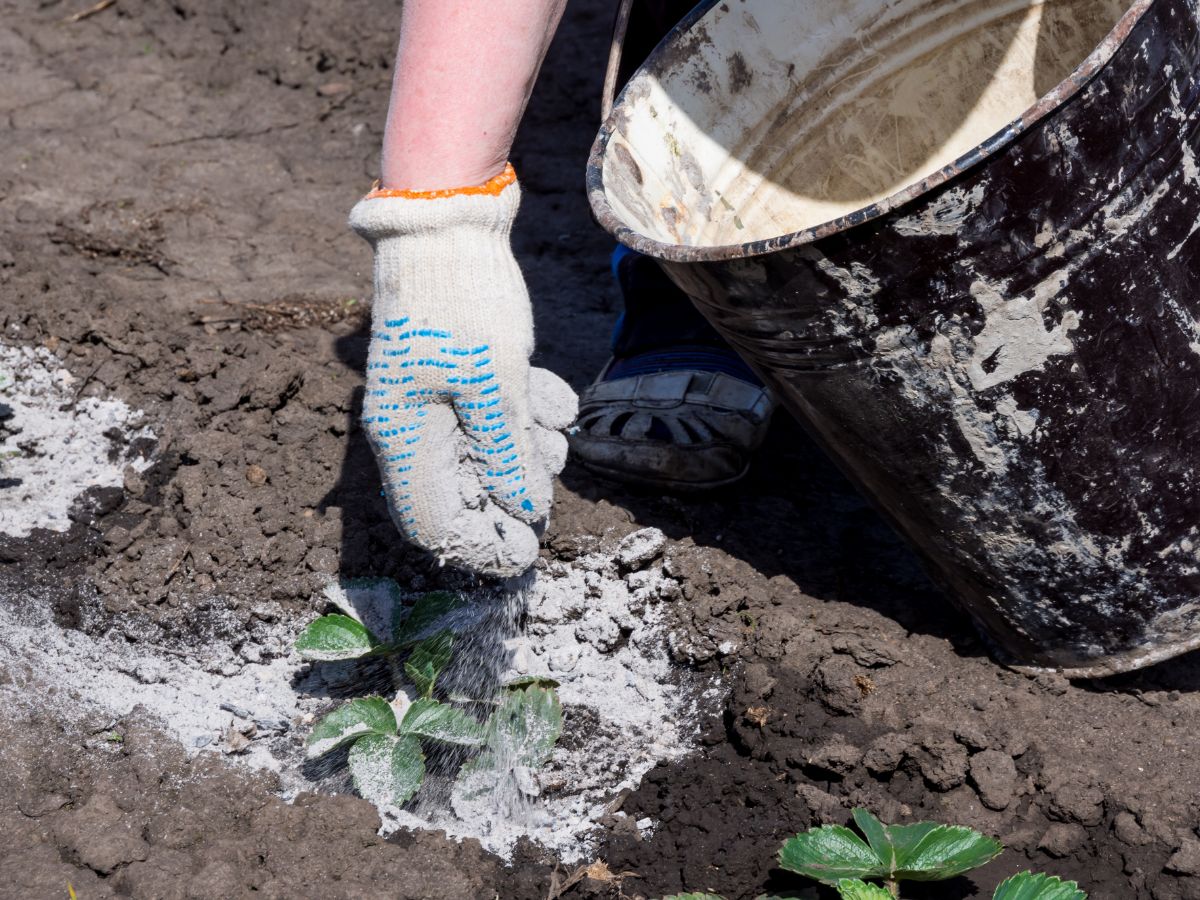


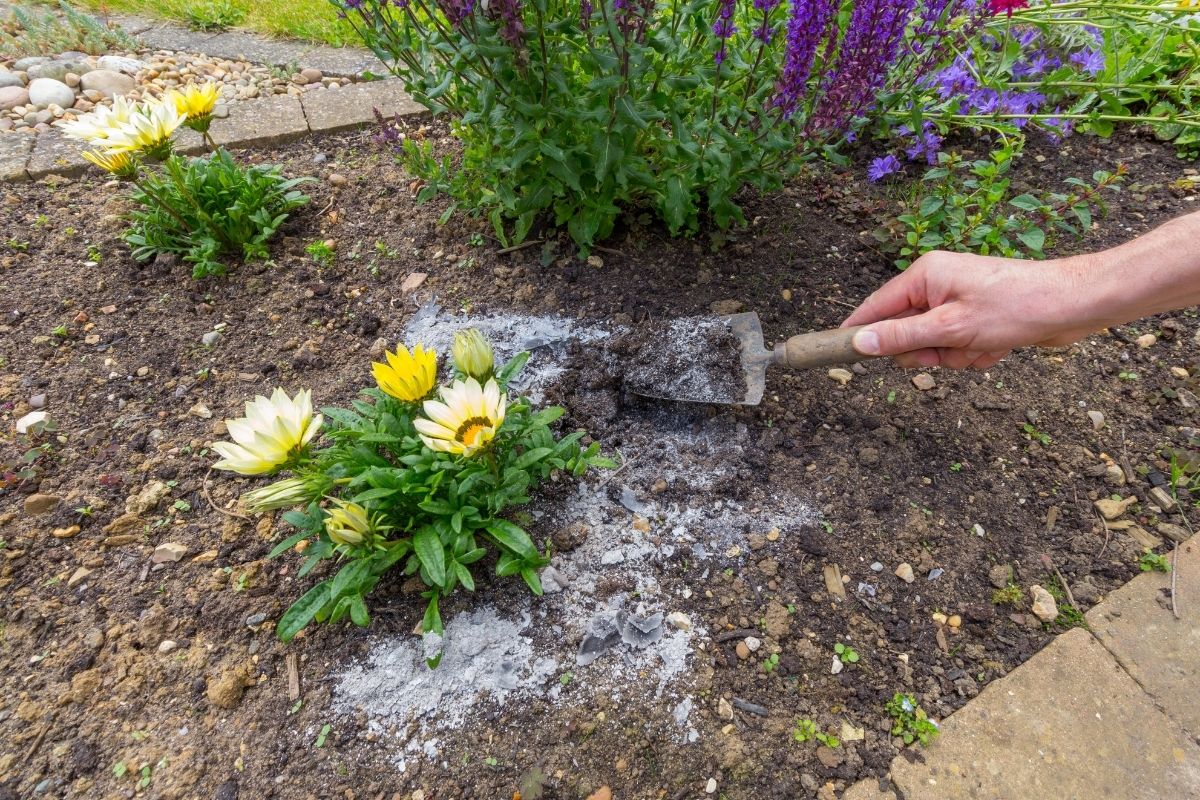
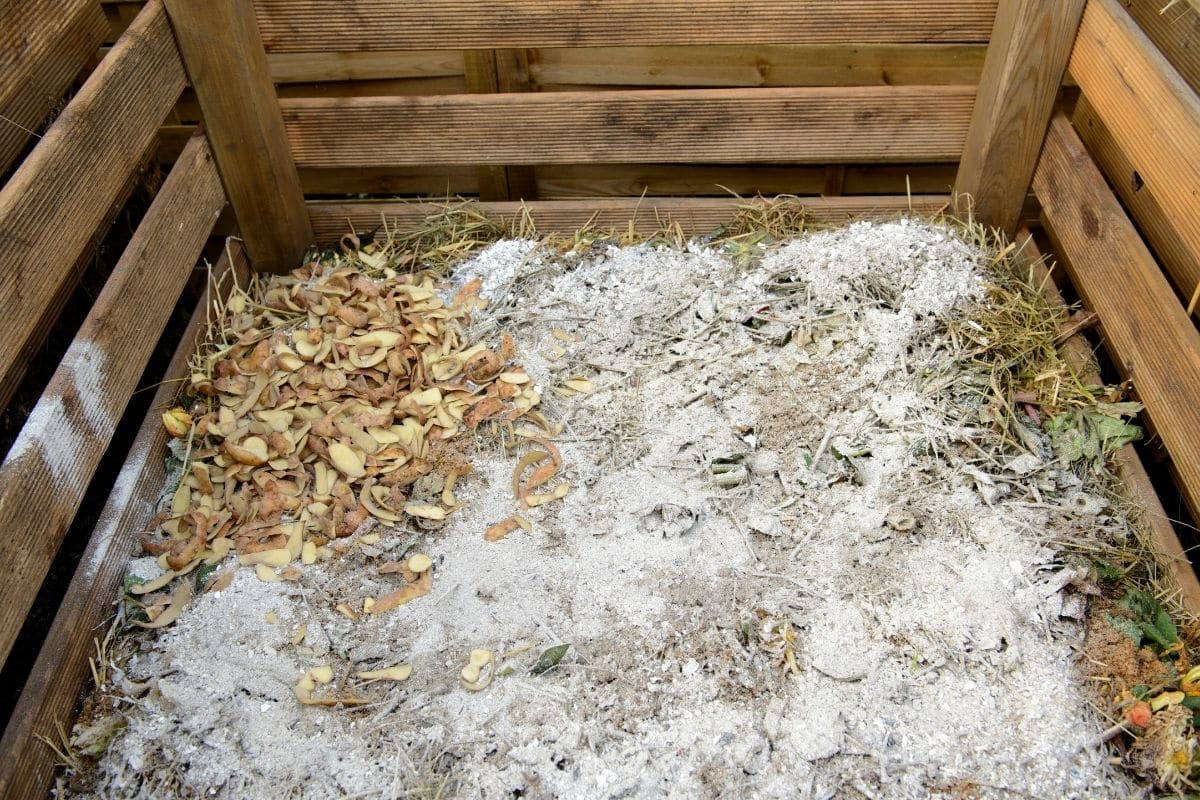
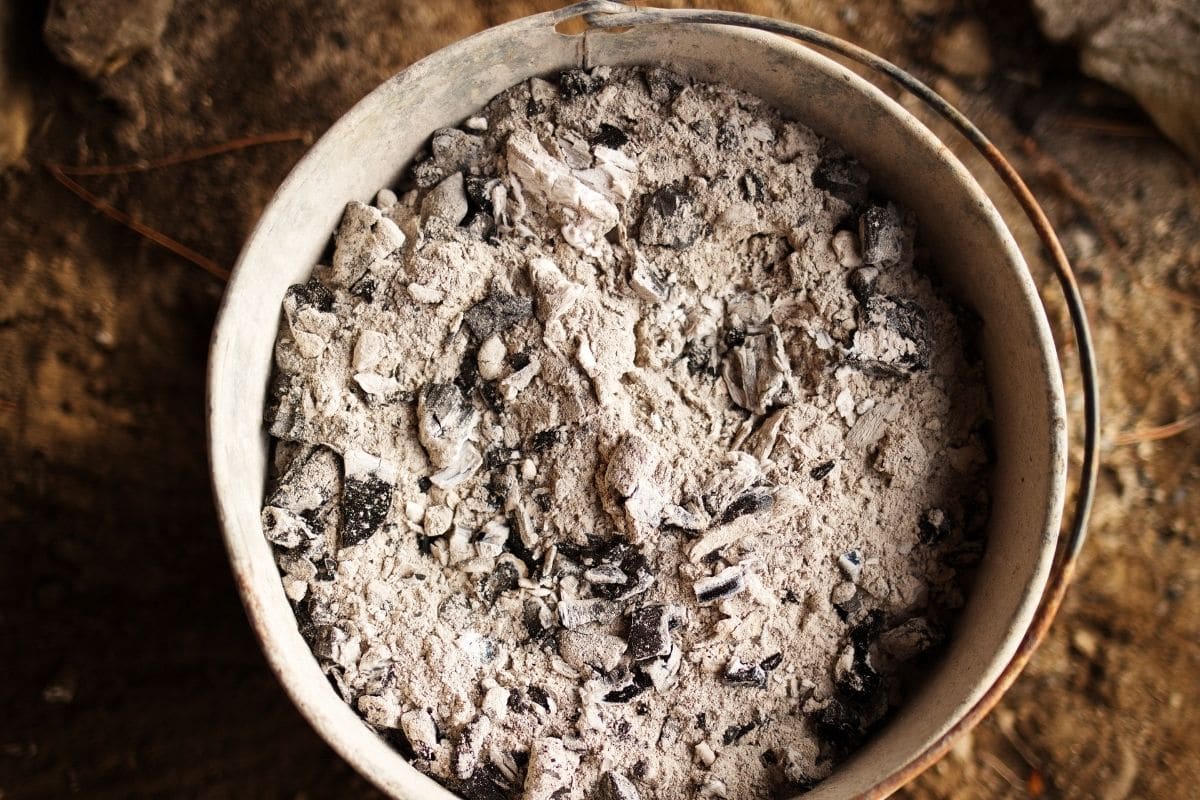
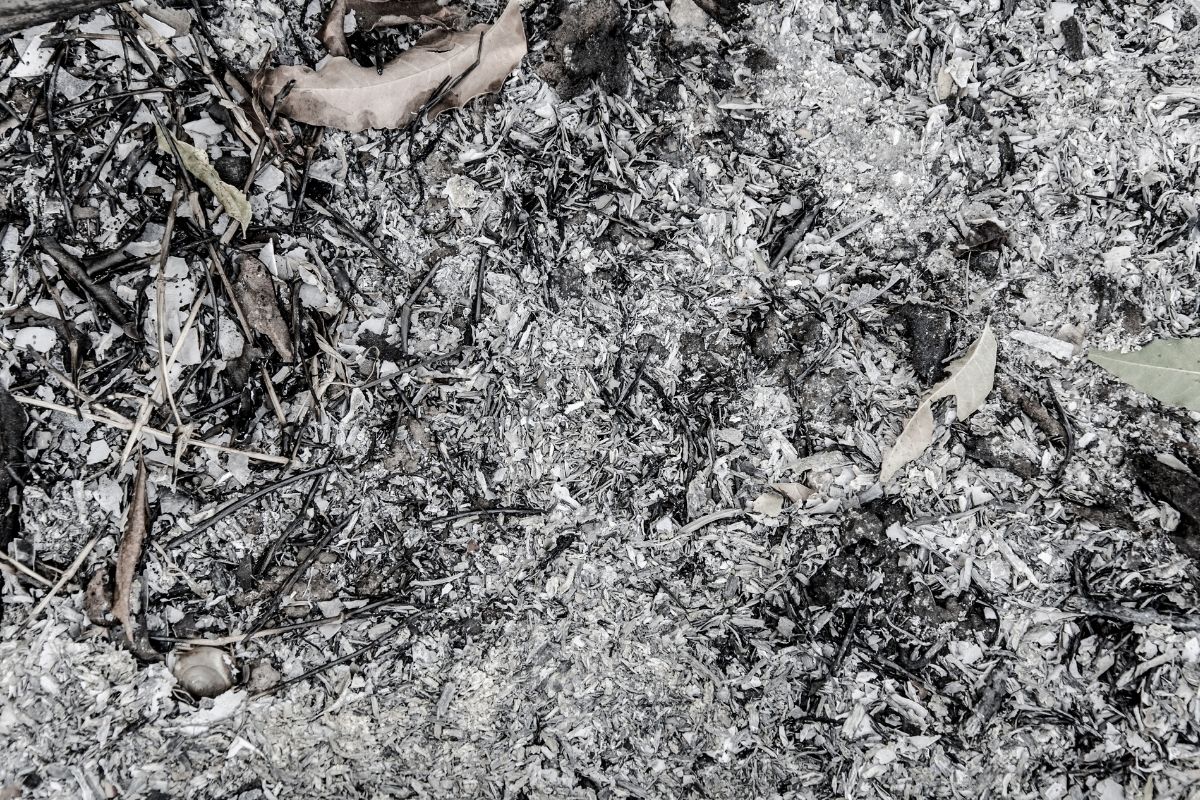
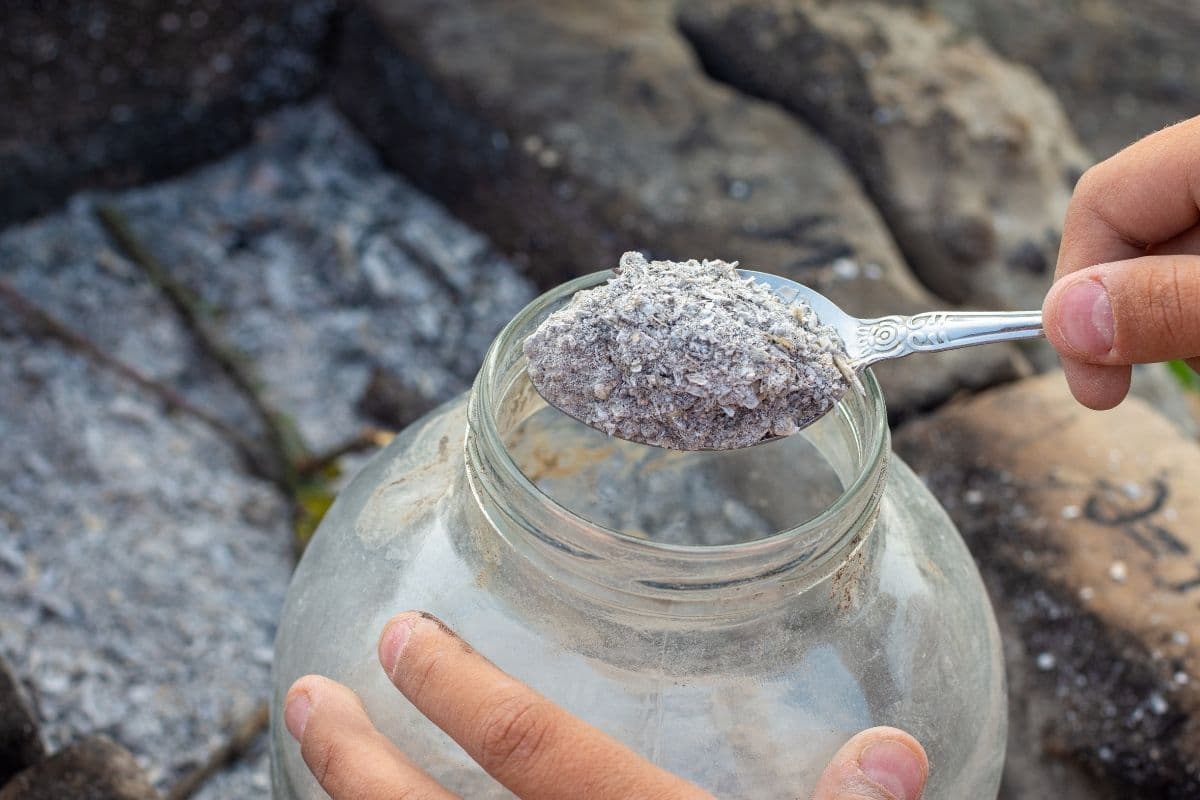
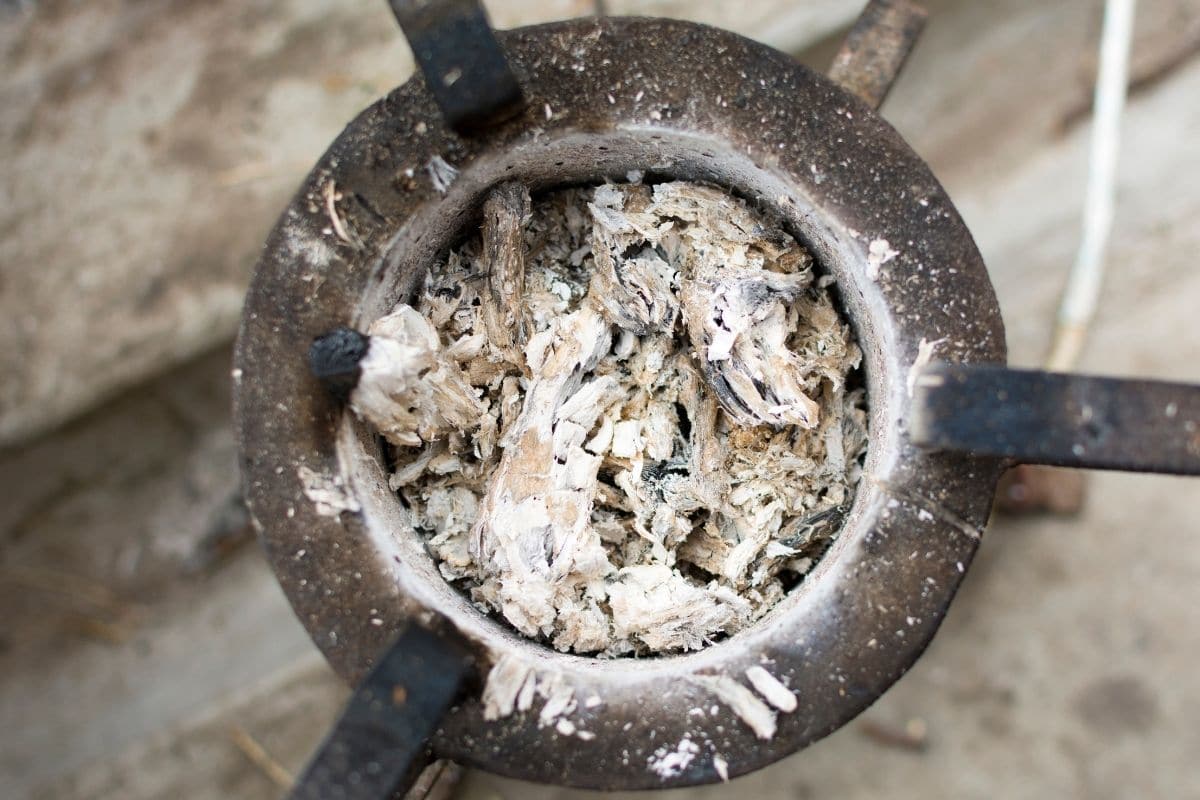




Leave a Reply